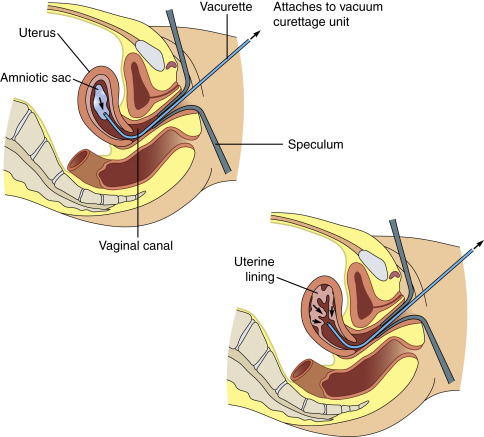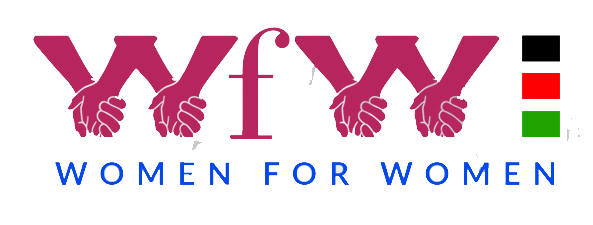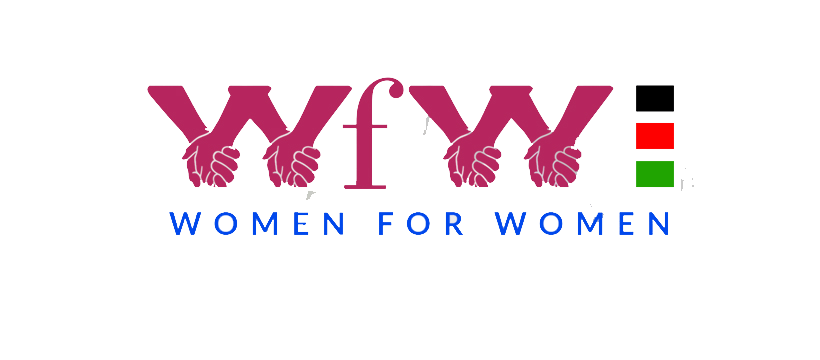Surgical abortion
A surgical abortion is a medical procedure used to end a pregnancy. It involves the removal of the fetus and other products of pregnancy from the uterus through surgical means. The procedure is usually performed by a trained healthcare provider in a clinic or hospital setting.
There are different types of surgical abortion procedures, which may vary based on the stage of pregnancy and other individual factors. Some common types of surgical abortion include:
- Vacuum aspiration (also known as suction abortion) – This involves the use of a vacuum pump to remove the contents of the uterus.
- Dilation and curettage (D&C) – This involves the use of a curette (a sharp instrument) to scrape the lining of the uterus and remove the contents.
- Dilation and evacuation (D&E) – This involves the use of instruments (such as forceps or suction) to remove the contents of the uterus.
It’s important to note that surgical abortion is a medical procedure that should only be performed by a trained healthcare provider in a safe and regulated setting. It’s also important to discuss all of your options with your healthcare provider and make an informed decision about your reproductive healthcare.
Vacuum aspiration (also known as suction abortion)
The procedure for a vacuum aspiration (suction abortion) will vary depending on the length of the pregnancy. The steps for the procedure can differ based on the gestational age and individual factors, but here is a general overview of the procedure:
- Preparation: Before the procedure, you will be given medication to help you relax and pain medication to manage any discomfort. Your healthcare provider will also perform a pelvic exam and use an ultrasound to confirm the pregnancy and determine the size of your uterus.
- Cervical dilation: The cervix is gently dilated using a series of dilators. The number and size of dilators used will depend on the stage of pregnancy and other individual factors.
- Aspiration: A thin tube connected to a vacuum pump is inserted through the cervix and into the uterus. The vacuum is used to gently suction out the contents of the uterus, including the developing embryo and other products of conception.
- Completion: Once the procedure is complete, you will be monitored for a short period of time to ensure there are no complications. You may experience some mild cramping and bleeding, but most women are able to resume normal activities within a day or two.
It’s important to note that every woman’s experience may be different and that there are risks associated with any medical procedure. It’s important to discuss the potential risks and benefits of the procedure with your healthcare provider and to follow their instructions for post-procedure care.

Dilation and curettage (D&C)
Dilation and curettage (D&C) is a medical procedure that involves dilating the cervix and scraping the lining of the uterus to remove tissue. The procedure is typically performed in a hospital or clinic setting and can be done under general anesthesia or local anesthesia.
Here are the general steps involved in a D&C procedure:
- Preparation: Before the procedure, you will be given medication to help you relax and pain medication to manage any discomfort. Your healthcare provider will also perform a pelvic exam and use an ultrasound to confirm the pregnancy and determine the size of your uterus.
- Cervical dilation: The cervix is gently dilated using a series of dilators. The number and size of dilators used will depend on the stage of pregnancy and other individual factors.
- Curettage: A curette, which is a small, spoon-shaped instrument, is inserted into the uterus through the cervix. Your healthcare provider will use the curette to gently scrape the lining of the uterus and remove any tissue or products of conception.
- Completion: Once the procedure is complete, you will be monitored for a short period of time to ensure there are no complications. You may experience some mild cramping and bleeding, but most women are able to resume normal activities within a day or two.
It’s important to note that every woman’s experience may be different and that there are risks associated with any medical procedure. It’s important to discuss the potential risks and benefits of the procedure with your healthcare provider and to follow their instructions for post-procedure care.
Dilation and evacuation (D&E)
Dilation and evacuation (D&E) is a medical procedure used for terminating a pregnancy that is typically performed in a hospital or clinic setting. The procedure involves dilating the cervix and removing the pregnancy tissue from the uterus.
Here are the general steps involved in a D&E procedure:
- Preparation: Before the procedure, you will be given medication to help you relax and pain medication to manage any discomfort. Your healthcare provider will also perform a pelvic exam and use an ultrasound to confirm the pregnancy and determine the size of your uterus.
- Cervical dilation: The cervix is gently dilated using a series of dilators. The number and size of dilators used will depend on the stage of pregnancy and other individual factors.
- Removal of pregnancy tissue: A combination of instruments such as forceps, a suction machine, or a curette may be used to remove the pregnancy tissue from the uterus.
- Completion: Once the procedure is complete, you will be monitored for a short period of time to ensure there are no complications. You may experience some mild cramping and bleeding, but most women are able to resume normal activities within a day or two.
It’s important to note that every woman’s experience may be different and that there are risks associated with any medical procedure. It’s important to discuss the potential risks and benefits of the procedure with your healthcare provider and to follow their instructions for post-procedure care.
The procedure for a surgical abortion in Kenya is similar to the procedures outlined above. However, it’s important to note that access to safe and legal abortion services can be limited in some areas of Kenya due to restrictive laws and societal stigma. In Kenya, abortion is only legal if performed to save the life of the woman, and access to safe abortion services is restricted to certified health facilities and trained providers. Additionally, social and cultural attitudes towards abortion can make it difficult for women to seek care and access safe abortion services. If you are considering a surgical abortion in Kenya, it’s important to seek care from a certified health facility with trained providers who can provide the necessary support and care.




